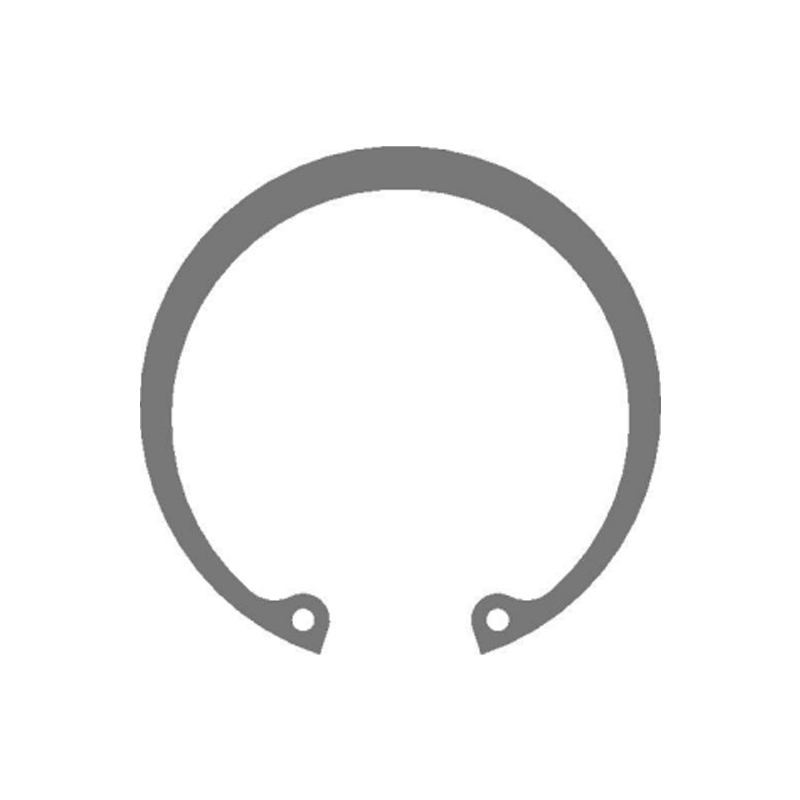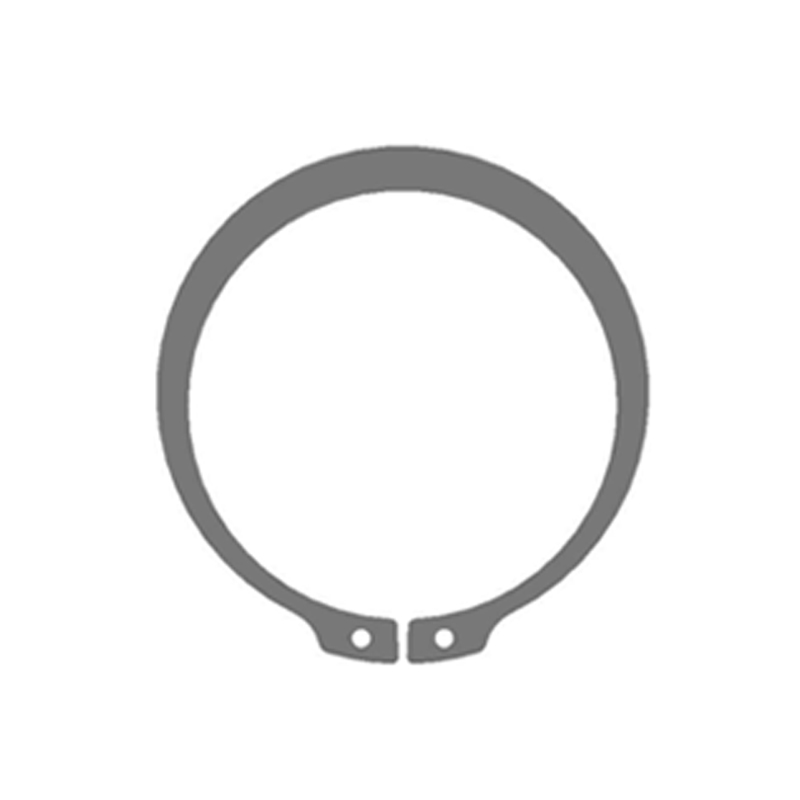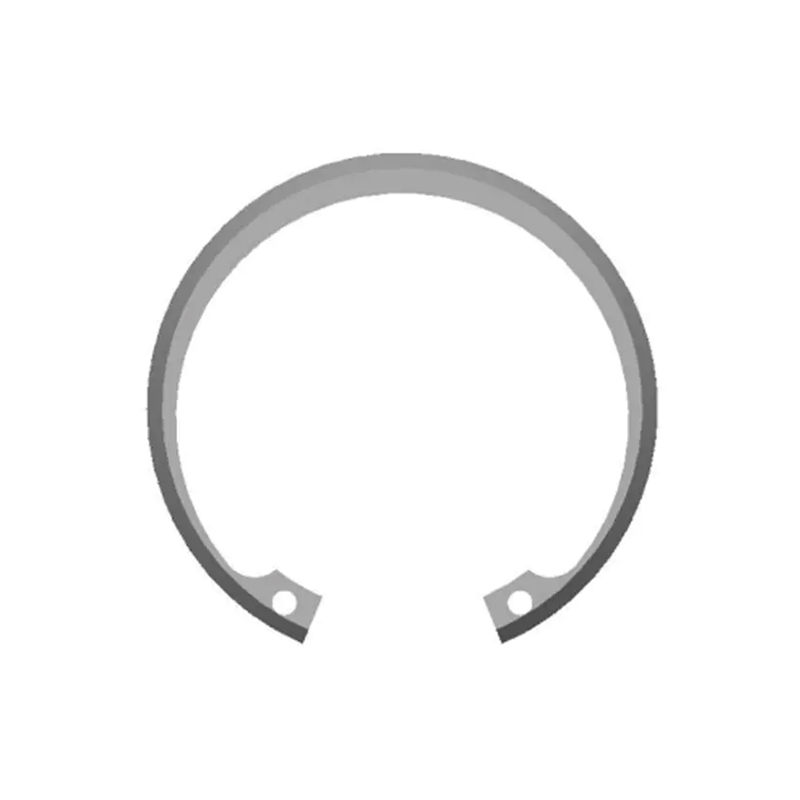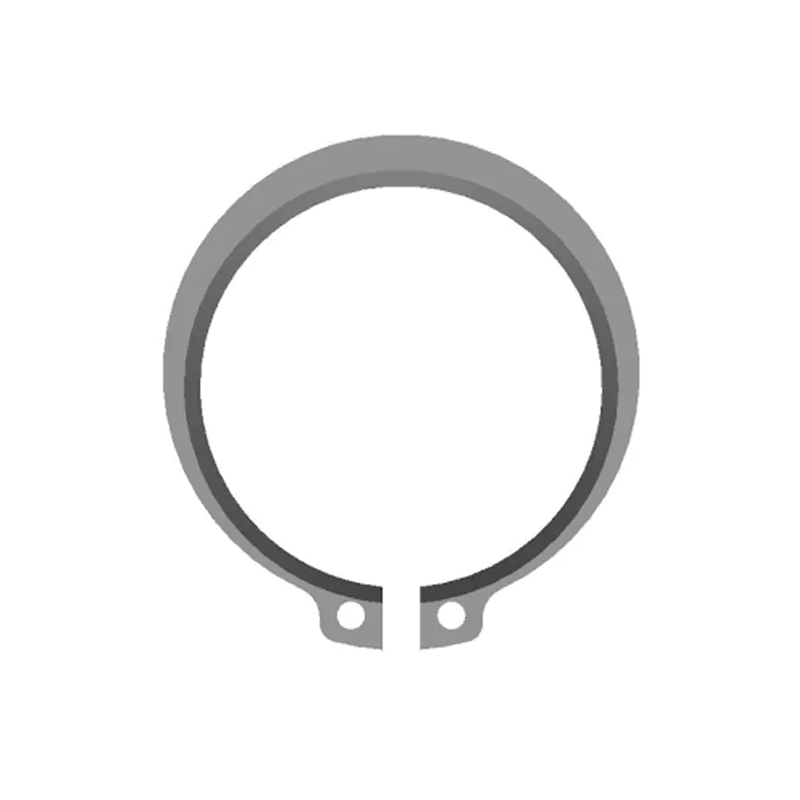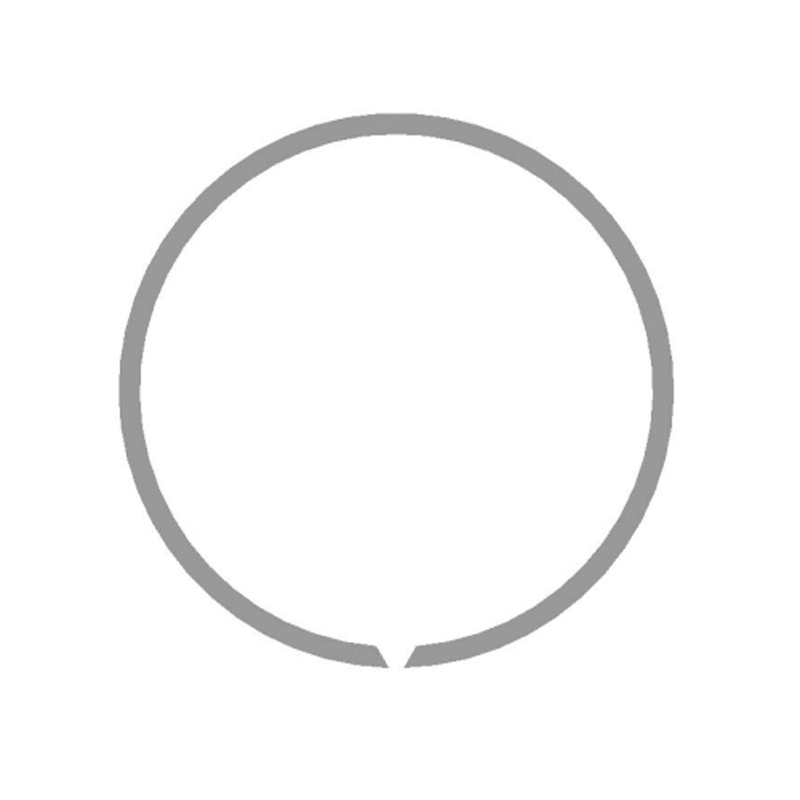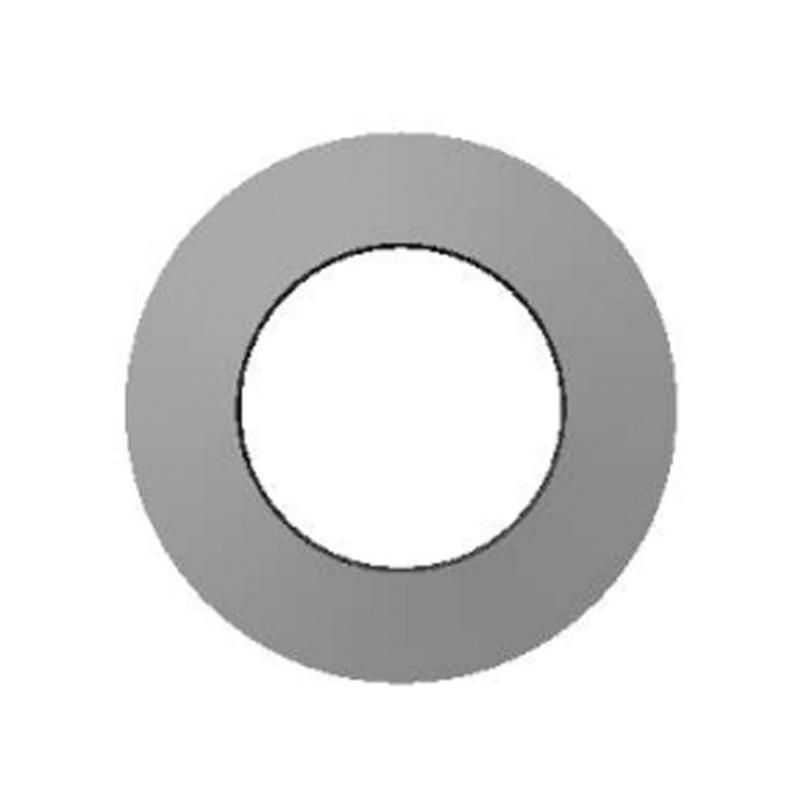The installation method plays a crucial role in determining the risk of deformation or damage to internal reverse circlips, which are precision-engineered retaining rings designed to fit securely within grooves of cylindrical bores. Proper installation is essential to maintain the circlip’s mechanical integrity, ensure reliable retention performance, and prevent premature failure during operation. Conversely, improper or careless installation can lead to permanent deformation, cracking, or loss of spring tension, compromising both function and safety.
Internal reverse circlips are typically made of spring steel or other high-strength materials that rely on elastic deformation to snap into a groove and hold components axially. Because of their design and material properties, these circlips require careful handling during installation to avoid overstressing or bending beyond their elastic limits.
One of the most common installation-related risks is over-expansion or over-compression of the circlip beyond its recommended limits. For internal reverse circlips, the ring must be contracted or compressed sufficiently to fit inside the bore and into the groove without applying excessive force. Using inappropriate tools or excessive manual force can cause plastic deformation, reducing the circlip’s ability to spring back and securely lock in place. Such deformation can manifest as permanent changes in shape, gaps in the ring ends, or cracks, which undermine the circlip’s retention force.
The use of proper installation tools is a critical factor in minimizing damage. Specialized circlip pliers designed for internal circlips usually have tips that fit precisely into the ring’s eyelets or holes, allowing controlled and uniform compression. This controlled compression ensures even distribution of stresses, preventing localized bending or overstressing that could occur if improvised tools or improper techniques are used. Without the correct tools, installers may inadvertently apply uneven pressure, causing warping or bending that weakens the circlip.

Another important aspect is alignment during installation. The circlip must be aligned concentrically with the groove in the bore to avoid side loading or twisting. Misalignment can cause the circlip to catch on the bore edge or groove corners, leading to surface scratches, gouges, or cracking. If the circlip is forced into a misaligned position, it may become deformed or fail to seat properly, reducing its axial retention strength.
Furthermore, installation speed and care impact the risk of damage. Rapid or forceful insertion increases the chance of the circlip slipping or snapping unexpectedly, leading to damage or even safety hazards to personnel. A controlled, steady installation reduces the risk of impact damage and ensures that the circlip seats evenly in the groove.
Environmental factors during installation also matter. For example, if the bore or circlip surface is contaminated with debris, corrosion, or burrs, these can cause abrasion or localized stress concentrations on the circlip during fitting, increasing the likelihood of damage.
In some cases, lubrication may be recommended to facilitate smoother installation and reduce frictional forces on the circlip edges. However, lubricants must be compatible with the circlip material and the application environment to avoid corrosion or degradation.
Lastly, it is important to consider that repeated removal and reinstallation of internal reverse circlips increase the risk of cumulative damage. Each cycle of compression and release can cause fatigue or micro-cracks, especially if done improperly. Therefore, minimizing unnecessary disassembly and using fresh circlips when appropriate helps maintain assembly reliability.
The installation method significantly influences the risk of deformation or damage to internal reverse circlips. Proper use of specialized tools, careful alignment, controlled compression within elastic limits, cleanliness, and mindful handling during installation all contribute to preserving the circlip’s mechanical properties and ensuring its effective performance in retaining axial components. Manufacturers and users must follow recommended installation procedures to avoid compromising circlip integrity and system safety.




